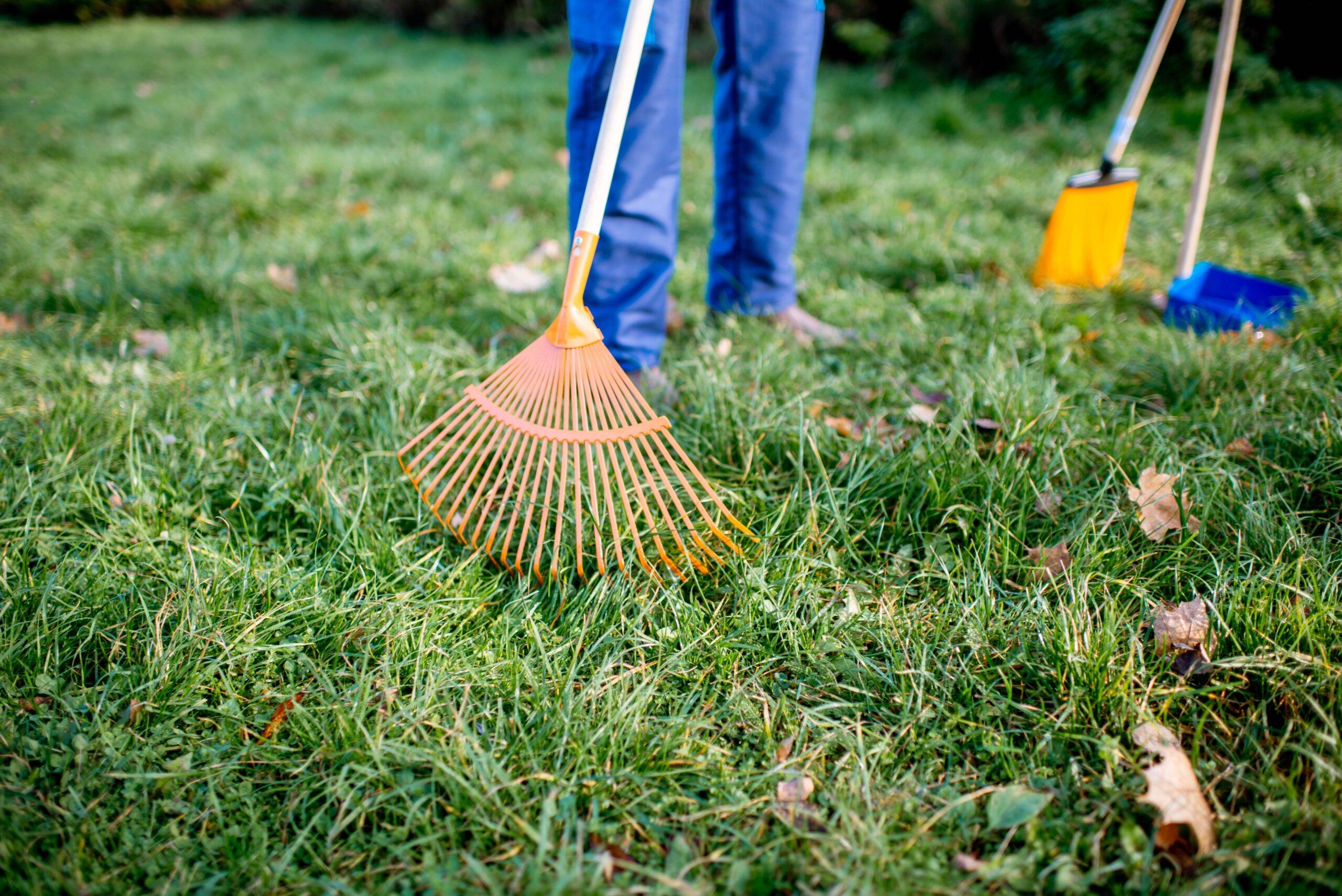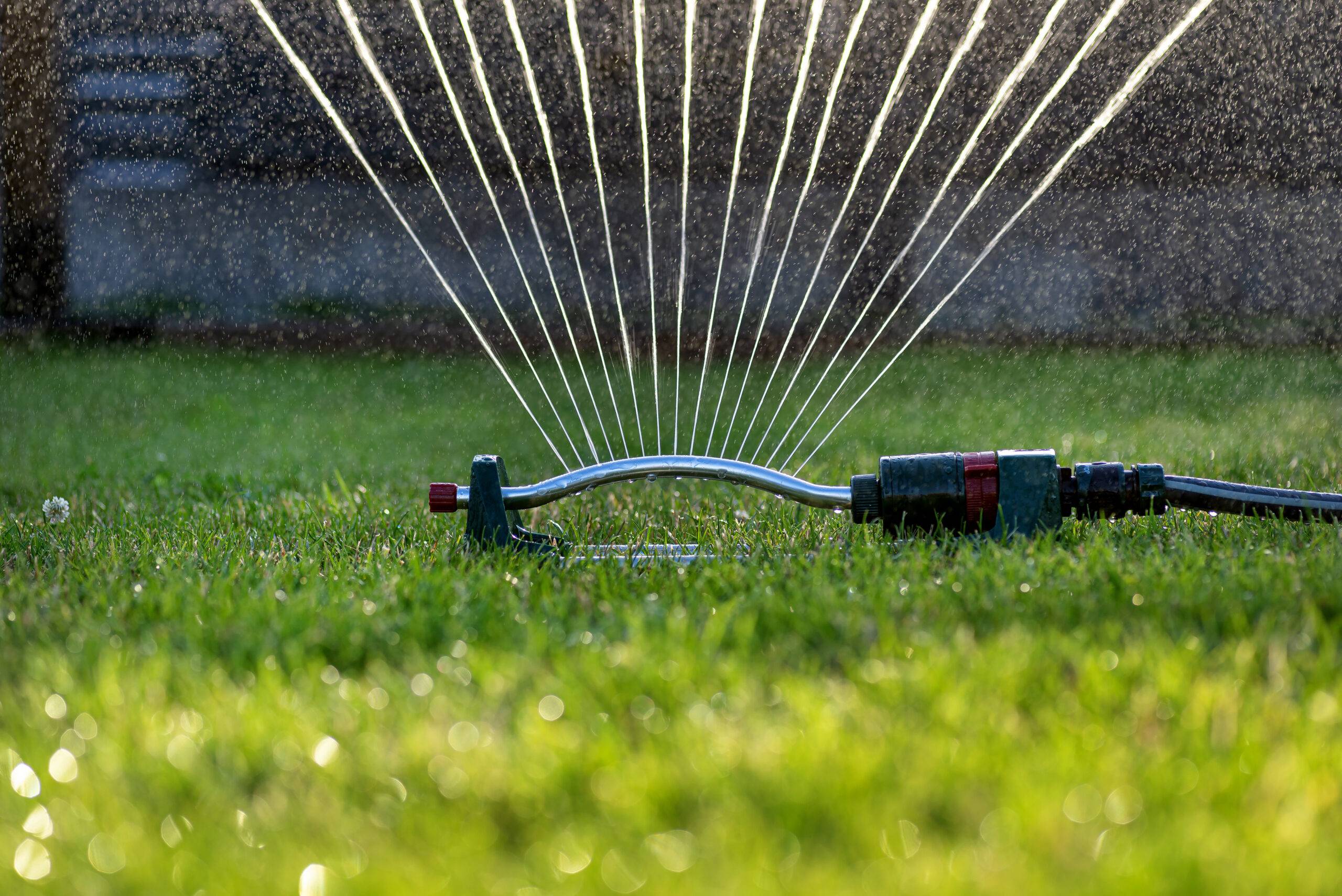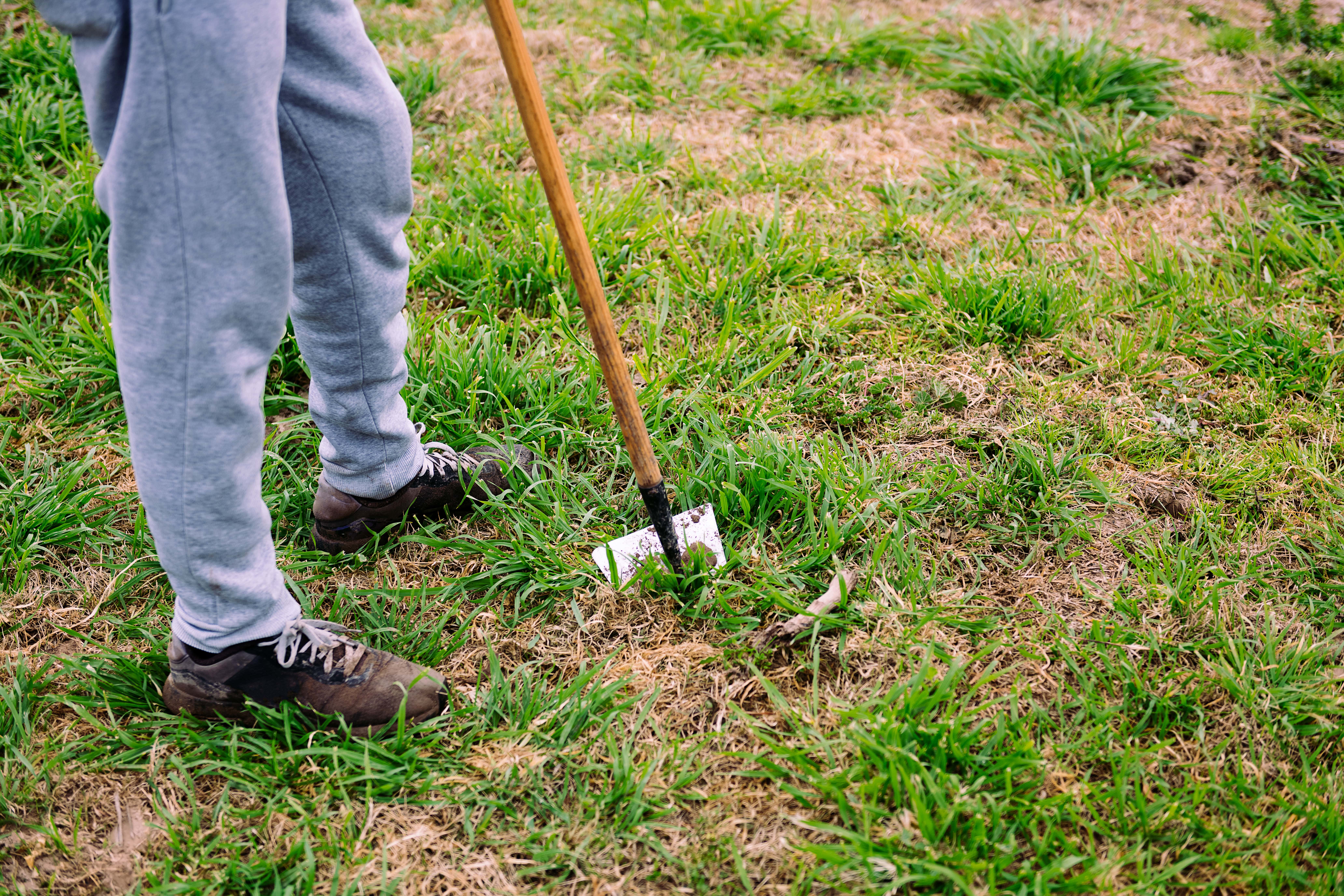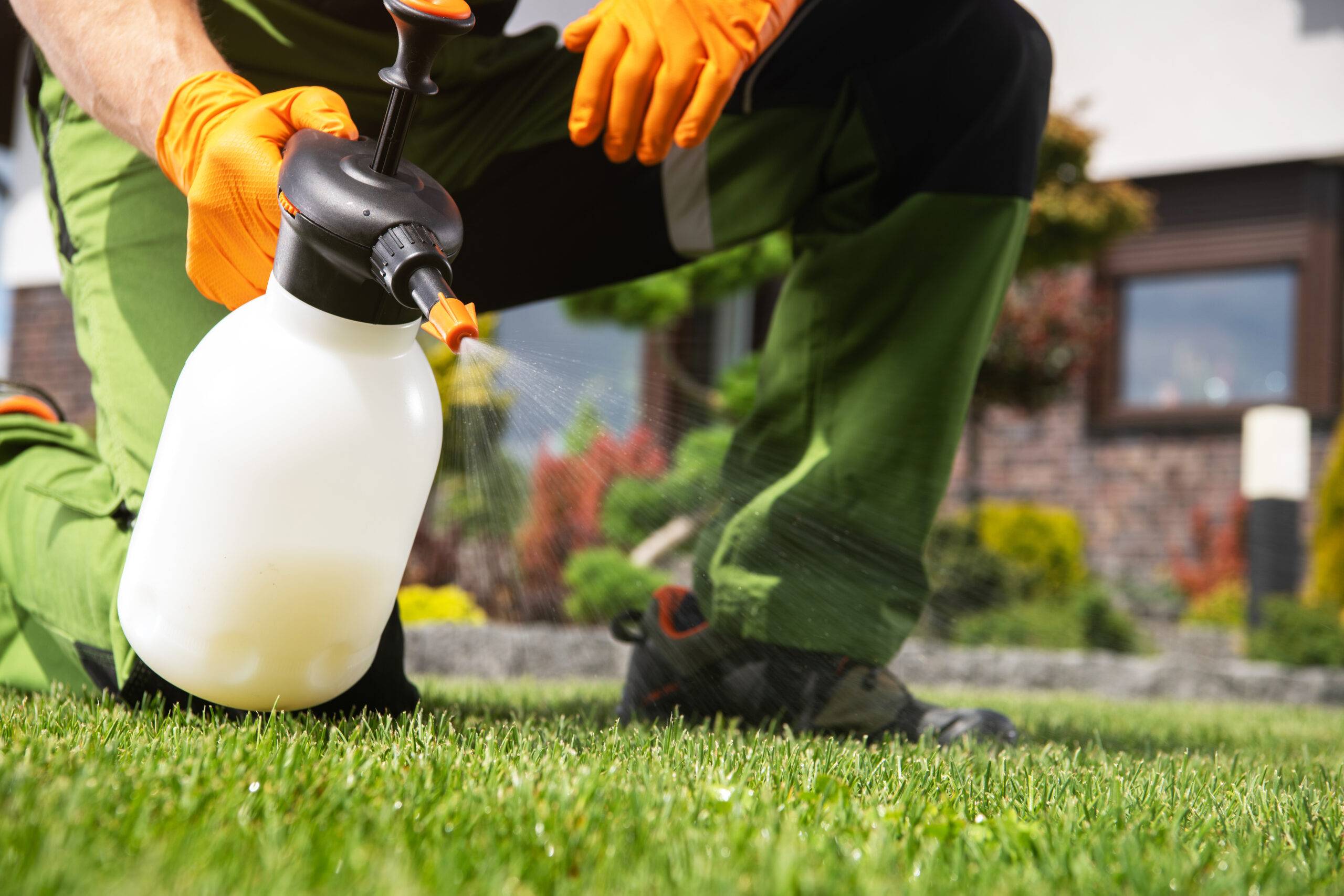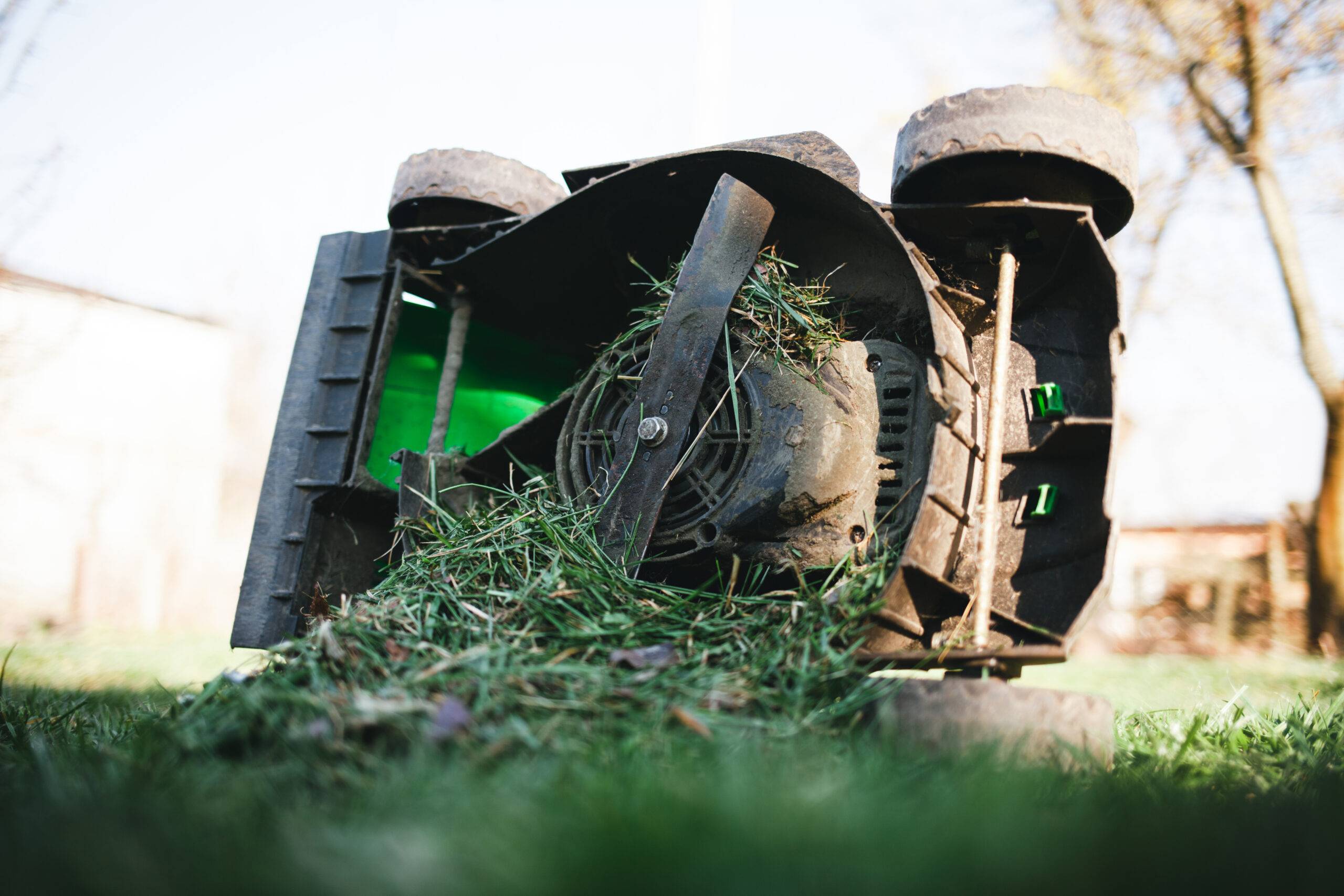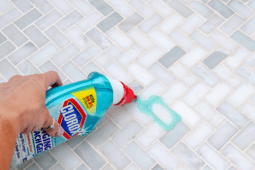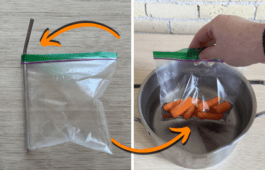Never Do These 5 Things To Your Lawn (If You Want It To Stay Healthy)
Your lawn doesn’t ask for much, but the way you care for it can make or break its health. These aren’t just about looks, your lawn deteriorating can cost you more time, money, and effort in the long run. Whether you take care of it yourself or hire help, knowing what not to do is just as important as knowing what to do. Here are five things you should never do to your lawn if you want it to stay healthy and strong.
1. Don’t Cut It the Same Way Every Time
It might feel easier to mow the lawn in the same direction every time, but this can create compacted soil and weak grass roots. Grass blades can even start to lean permanently one way. Switching up your mowing pattern—diagonal, horizontal, vertical, spiral—gives your lawn a break and helps the grass grow straighter and thicker. Just change direction each time you mow! It helps more than it seems.
2. Don’t Rake Away All the Grass Clippings
Many people bag up all of their grass clippings after mowing, thinking it keeps the lawn tidy, but those clippings are actually full of nutrients your lawn needs. Leaving a light layer behind (as long as it’s not thick and wet) can help feed the soil naturally. This is sometimes called “grasscycling.” It saves you time, helps the lawn stay healthier, and even cuts down on how much fertilizer you’ll need later on.
3. Don’t Water At Night
Nighttime might seem like a good time to water since it’s cooler, so the water won’t evaporate as quickly, but what actually happens is that the lawn stays wet too long. This creates the perfect conditions for mold, mildew, and diseases that eat away at your grass. Instead, watering at early morning is best since it gives the grass time to soak up water and dry off during the day. Even watering in the late afternoon is better than doing it after dark.
4. Don’t Ignore Bare or Thin Patches
It’s easy to look past small bare spots in your lawn and hope they fix themselves, but those spots are weak points, opening the door for weeds, pests, or diseases to settle in. Once that happens, the problem spreads fast. Don’t wait until it becomes a bigger issue and reseed thin areas right away. Scratch up the soil, toss in some seed, press it down, and water it gently. Doing this as soon as you notice patchiness makes a big difference in the long run.
5. Don’t Overuse Quick-Fix Products
It’s tempting to use whatever product promises fast results, especially when stubborn weeds pop up or grass starts turning brown. However, too many lawn sprays, synthetic fertilizers, and pest treatments can overload your soil and damage your grass over time. Try to focus on long-term health. That might mean feeding your lawn slowly, improving the soil, or letting beneficial bugs do some of the work. Quick fixes can give short bursts of better growth, but they usually cause more problems later.
6. Don’t Use Dull Mower Blades
A dull mower blade doesn’t cut grass, it rips it. This leaves rough edges that turn brown and make your lawn more likely to dry out or get sick. It also makes the grass look uneven. You might not notice your blades getting dull until the damage shows up. Sharpening the blade a few times each season, especially if you mow often, can keep this in check. It’s one of the simplest ways to keep your lawn looking healthy.
Related Articles
- How to Overseed a Lawn for Thicker and Healthier Grass
- This Is the Most Efficient Way to Mow the Grass
- How to Replant or Fix Your Lawn’s Bare Spots
A strong lawn doesn’t need perfection, it just needs attention. Small habits add up, and sometimes, it’s what you stop doing that makes the biggest difference. Pay attention to what your lawn is telling you, and try not to fight it. You’ll be surprised at how much brighter and fuller it gets once you start listening.


